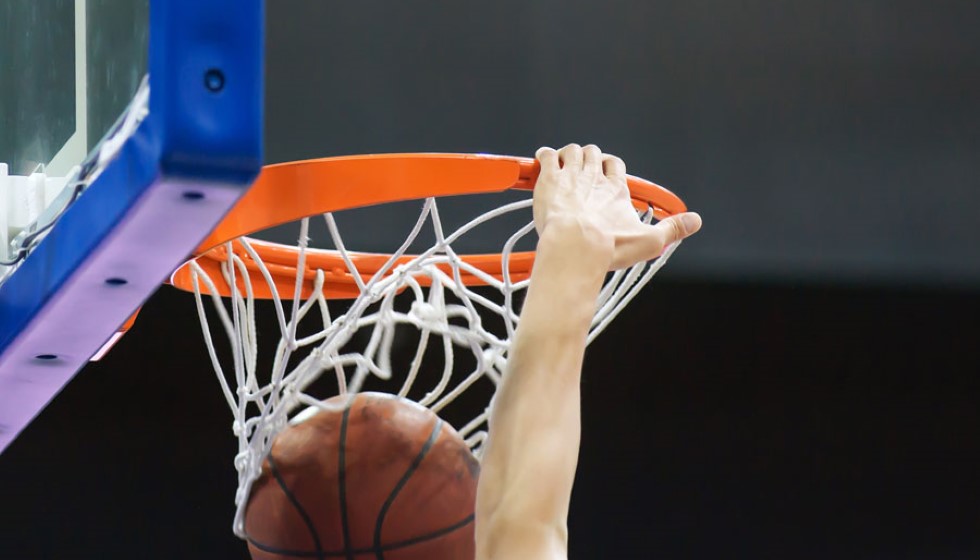
After a season rife with disappointments, the Los Angeles Lakers find themselves at a familiar crossroads, looking to recalibrate and reignite the flame that once made them one of the most formidable teams in NBA history. Their off-season maneuvers reflect a blend of cautious optimism and bold strategy, a bid to mend the cracks exposed by a first-round playoff exit last season.
A Season of Trials and Tribulations
The Lakers' previous campaign ended with a modest tally of 47 wins, a figure that, while decent, was not enough to propel them beyond the first round of the playoffs. This underachievement has clearly triggered a series of calculated moves to reshape the roster. For instance, bringing in Andre Drummond in 2021 was one of the initial steps, aimed at bolstering their frontcourt presence.
Building on that foundation, the Lakers subsequently signed Russell Westbrook. Despite the mixed results from these acquisitions, the management refrained from hitting the panic button, instead opting for a more nuanced approach this off-season.
New Additions and Familiar Faces
Among the more notable signings were Carmelo Anthony and DeAndre Jordan, both of whom inked minimum contracts. These moves serve two purposes: they add veteran experience and, at the same time, minimize financial risk. Additionally, the Lakers brought back fan favorites and former champions Rajon Rondo and Dwight Howard. Their reunion with the team is expected to infuse a sense of familiarity and veteran leadership into the locker room.
The Youth Movement
In an interesting twist, the Lakers dipped into the draft to acquire fresh talent. They picked Bronny James with the No. 55 pick and Dalton Knecht from Tennessee with the No. 17 overall selection. These acquisitions reflect a shift towards cultivating a mix of youth and experience, aiming for long-term sustainability.
Change at the Helm
One of the more surprising moves of the off-season was the appointment of JJ Redick as the head coach, an intriguing choice given Redick's relatively recent retirement from professional play. This decision came after Dan Hurley declined the position, leaving the Lakers to place their trust in Redick's fresh perspective and potential to lead the team.
Financial and Tactical Considerations
D'Angelo Russell's $18.7 million player option looms as another significant factor in the Lakers’ financial landscape. His decision could have a ripple effect on the team's salary cap maneuverability and their ability to make further upgrades.
Rob Pelinka, the Lakers' Vice President of Basketball Operations and General Manager, alluded to the complexity of the market, saying, "I do think in this system, as I opened, some of the trades are more difficult... the trades are less prevalent than they used to be." Nonetheless, he remains optimistic, stating, "There's still time for the Lakers to make a significant upgrade this offseason."
The Eastern Influence
Meanwhile, the Boston Celtics provide a fascinating counter-narrative. Initiating a significant rebuild in 2014 after the Kevin Garnett-Paul Pierce era, the Celtics are now consolidating their assets. The recent acquisitions of Jrue Holiday and Kristaps Porzingis signal their intent to vie for the 2024 title, setting a high standard that the Lakers will undoubtedly notice as they plan their resurgence.
Both teams' trajectories are a testament to the ever-shifting landscape of the NBA, where past glories and future prospects intertwine, making for a captivating season ahead. As the Lakers continue to navigate through their challenges, their blend of veteran presence, youthful potential, and strategic foresightedness could very well determine the scope of their triumphs in the coming seasons.